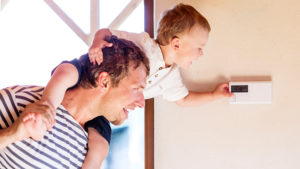 Summertime in East Tennessee and Southwest Virginia can often be described with one word: sweltering. Our southern climate, combined with periods of high humidity, can leave even the most dedicated sun worshipers sweating, especially when higher energy bills start arriving.
Summertime in East Tennessee and Southwest Virginia can often be described with one word: sweltering. Our southern climate, combined with periods of high humidity, can leave even the most dedicated sun worshipers sweating, especially when higher energy bills start arriving.
Since summer is with us for the next few months, it’s time to be strategic about staying cool.
Keep Your Cool
Whether you live in a newer home or a classic model, check to make sure the cool air your system pumps inside is not escaping to the great outdoors.
Over time, houses settle. This can leave older homes with cracks or open spaces that make it easy for AC to slip through. Newer homes, too, can have spots where air can escape, making your system work harder and running up your utility bill.
If you want to check and see whether your home is energy efficient, start with these tasks:
If you notice an especially drafty area in your home, inspect the area for leaks. These typically occur at junctures between walls and ceilings, at doors, by windows, and around electrical outlets. If you locate a leak, you can easily seal it with weather stripping or caulk.
Take a look at the insulation in your attic. Too little insulation can allow the temperature inside your home to fluctuate throughout the day, making it more difficult for your system to keep up.
Want to be even more energy conscious? Here are a few additional ways you can maximize your home’s efficiency.
Window Treatment
Windows are one of the biggest factors affecting energy consumption. The U.S. Department of Energy reported up to 25 percent of a home’s heating bill can be attributed to energy either lost or expended because of windows.
Sunlight coming in adds heat to any interior. Blinds and curtains are not only stylish but effective in preventing the sun from overheating your home. Add these to rooms with strong sunlight exposure, and watch your energy bills stabilize.
Location, Location, Location
Most homeowners don’t question where their thermostat is placed, but this small detail can make a big difference in your home’s energy use.
Thermostats are designed to monitor the temperature in your home – specifically in the rooms where they are located – and turn the HVAC system on and off to keep things comfortable. When a thermostat is in a spot that’s likely to give a false reading, or in an area that doesn’t reflect the overall temperature of your home, it can cause your system to expend energy when it really doesn’t need to.
This can happen when a thermostat is located:
- In direct sunlight or near a skylight. Solar radiation causes heat, and heat applied to a thermostat can cause a false reading. This can cause your system to kick on the AC when it might already be cool enough.
- Above or near an air vent. Cooler air coming from the vent can cause the system to switch off before the rest of the home is comfortable.
- Near a door or window. Drafty windows cool down the areas around them, so if your thermostat is in the general vicinity, it’ll take readings that show the room as being cooler than it actually feels. In the same way, since doors are constantly being opened and closed, a thermostat placed near a door is naturally exposed to more outside air than the rest of the house. This can cause your system to cycle on and off without achieving a comfortable temperature.
- In the kitchen. Of all the rooms in your home, your kitchen is probably the warmest, year-round. A higher concentration of heat-producing appliances, including the stove and oven, cause the temperature in this area to read higher than the rest of the house. If your thermostat is in or near your kitchen, your whole home is going to cool down whenever someone is cooking!
- In a hallway. These spaces are empty most of the time, and airflow can be restricted in a long, thin space.
“Real Feel” vs. False Readings
The main goal of your heating and cooling system is to keep your family comfortable, so it makes sense for the thermostat to be in a place that accurately represents the “real feel” air temperature of your home – not in a spot that will give you a false reading, like those listed above.
Ideally, it should be placed toward the center of your home, in the room or rooms where you and your family spend the most time. That way, you’ll be certain your house is comfortable for the ones you love.
Programmable Thermostats
Older homes often feature a thermostat that must be manually adjusted. Programmable thermostats operate much more efficiently, keeping the indoor temperature steady and your HVAC unit running in the most cost-effective manner.
Digital thermostats offer the most features in terms of multiple setback settings, overrides, and adjustments for daylight savings time, but may be challenging to program.
Raise the thermostat temperature
Getting used to a warmer indoor temperature can take some time, but it can be beneficial to your budget. One helpful tactic is to raise the temperature in your home gradually, giving you and your family time to adjust. For instance, if you’re used to keeping your thermostat set at 70 degrees and want to work up to 75, increase the temperature by one degree each day. You’ll be amazed how quickly your body adapts to the difference.
Maintain Your Flow
A malfunctioning AC can send utility bills skyrocketing. This includes a system running with dirty or clogged filters or blocked fins on the condenser unit. If you want to keep your AC running efficiently and your air flowing smoothly, make sure to replace your filters on a regular schedule.
You can also contact us for routine inspections and maintenance. Starnes, Inc. Heating and Cooling offers preventive maintenance with our annual Tune-Ups, helping you spot an issue before it becomes an HVAC emergency.
During your annual Tune-Up, we address:
- Coil cleaning
- Drain treatment
- System lubrication
- Equipment checklists
The Bottom Line
Summer doesn’t have to make you sweat. A combination of smart strategies, energy-efficient observations, and preventative maintenance from a certified HVAC technician can help you keep your cool.

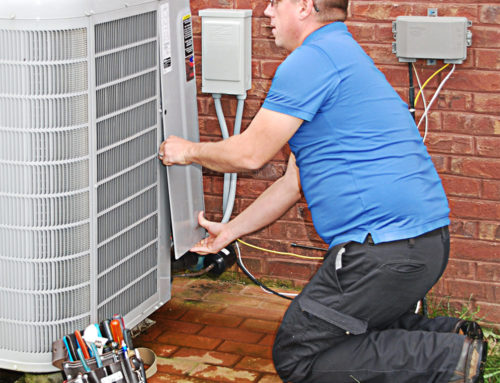
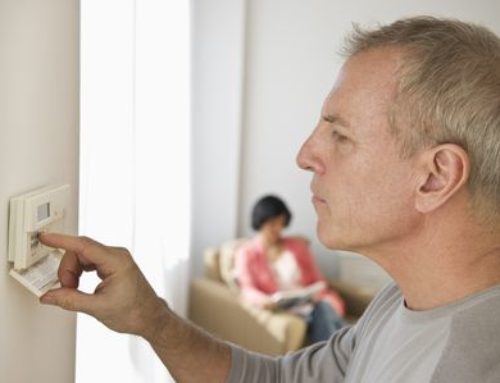

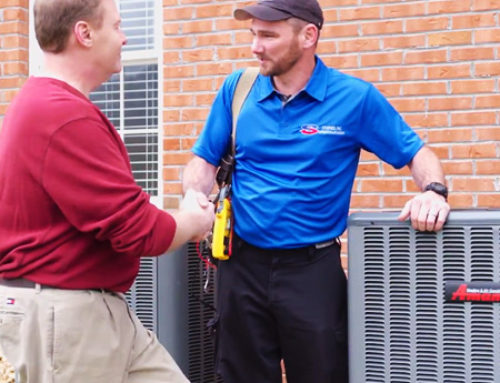
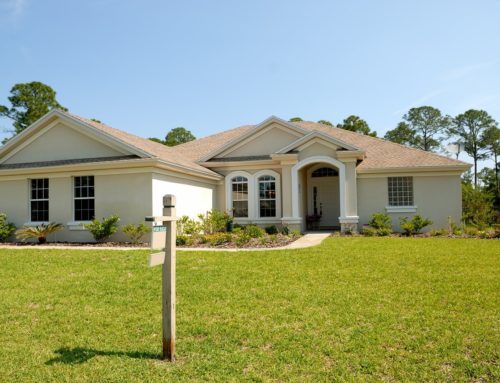
Thank you very much! I use a smart thermostat and noticed a huge difference in utility bills – it has greatly decreased.
By the way, do you have any thoughts on how to reduce energy consumption when pool maintenance?
It would be helpful and relevant because the warm seasons are coming soon.
Good suggestions! This article is just what we need on the eve of the warm season.
Another thing that can make your utility bills increase is dirty air conditioner filters and clogged condensate drain channels. All these things make your unit work harder and consume much more energy to function. Check your air conditioner at least once every three months to make sure it works well.